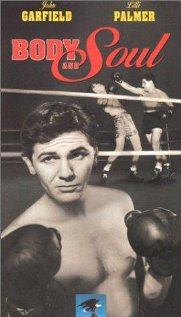 Ed L. is the winner of the September giveaway. (The prize is “The 39 Steps,” recently rereleased by Criterion on DVD and Blu-ray.)
Ed L. is the winner of the September giveaway. (The prize is “The 39 Steps,” recently rereleased by Criterion on DVD and Blu-ray.)
The October giveaway is one of the most famous boxing movies ever made as well as a stellar film noir: “Body and Soul” (1947, Robert Rossen). John Garfield, starring opposite Lilli Palmer, received a Best Actor Oscar nomination as did Abraham Polonsky for his original screenplay. Francis D. Lyon and Robert Parrish won the Oscar for best editing. Shot by two-time Oscar winner James Wong Howe.
To enter this month’s giveaway, just leave a comment on any FNB post from Oct. 1-31. We welcome comments, but please remember that, for the purposes of the giveaway, there is one entry per person, not per comment.
The October winner will be randomly selected at the end of the month and announced in early November. Include your email address in your comment so that I can notify you if you win. Also be sure to check your email – if I don’t hear from you after three attempts, I will choose another winner. Your email will not be shared. Good luck!





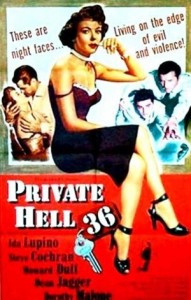
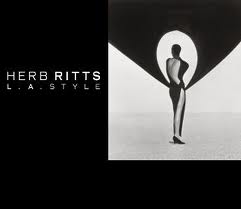
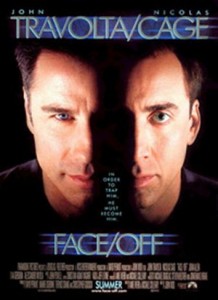
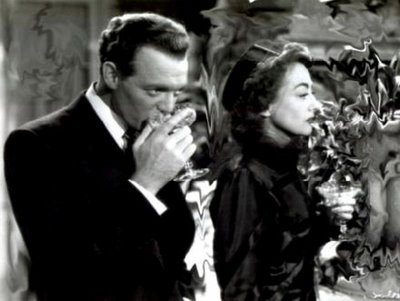
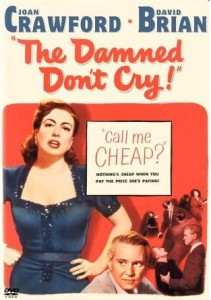
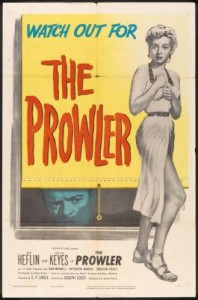
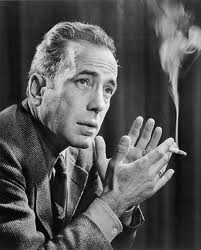
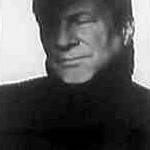





From FNB readers